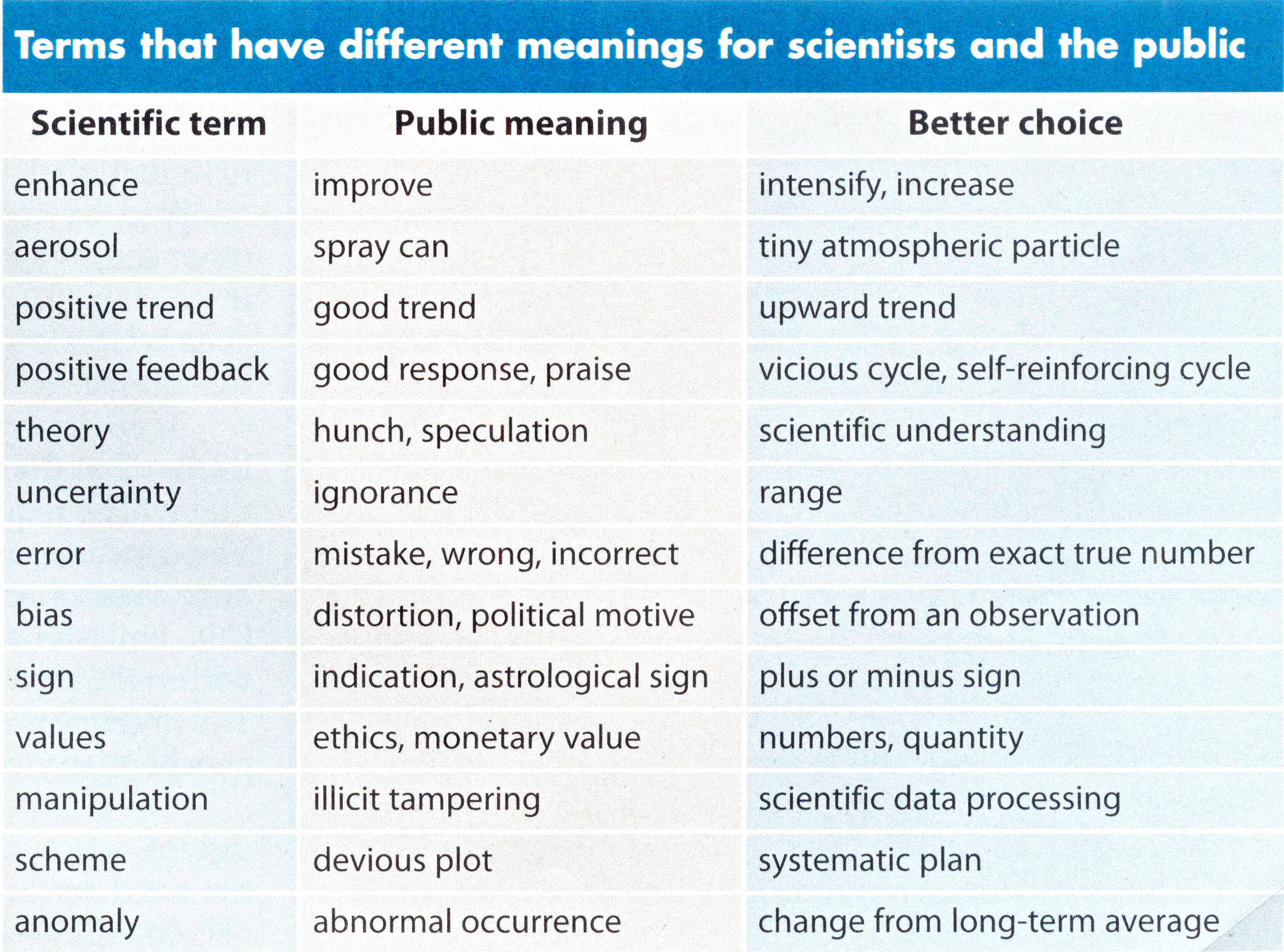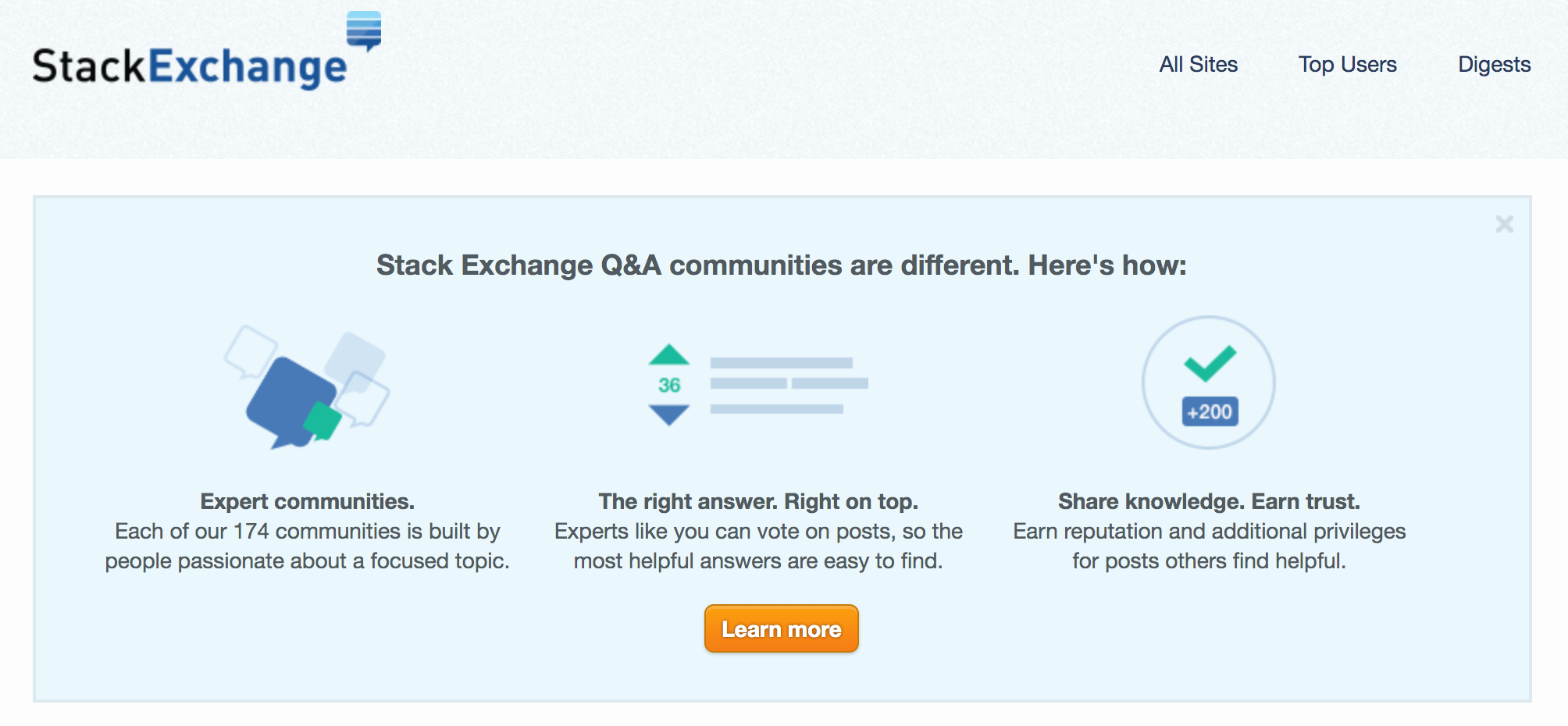There is a lot to think about when creating or redesigning a website. Some businesses get seduced by all the latest bells and whistles. They want sliders here and videos popping up there.
SEO, keywords and splashy landing pages with bright images get lots of attention and are important elements of your web content sales strategy. But, what they sometimes fail to value is the use of clear, concise language with the power to reach an audience.
If you are about to create or rewrite your business web content, or will be working with a content strategist, here are some common mistakes businesses can avoid:
1. Using acronyms or “insider” language your customers won’t understand
You may work, day-in and day-out, using abbreviations, acronyms, technical or even scientific terms with your colleagues. They creep naturally into your writing. Most websites will need to reach a wider audience. Create language that describes your services or products in simple, accessible terms.
This is an example from Baylor University STEM Access Blog about scientific terms:

Are you a CPA offering tax preparation and planning? Or maybe you are a computer repair business specializing in equipment repairs and upgrades. You could also be any business in between. Invite your readers in with great headlines and interesting, relevant content that highlights your approach and value.
Almost as bad as insider language is the use of words that once caught a reader’s attention but now make their eyes glaze over. Think cutting-edge, next generation, seamless, integrated, robust, synergistic and (let’s not leave out) user-friendly. Stretch a little and find different descriptors.
Imagine your web visitor is seeking help with a problem or looking for a particular product. They land on your site through a search, knowing little about your specific offerings. Put yourself in your customer’s place and ask:
- Why would they be visiting your site in the first place?
- What challenges are they facing?
- What simple language will connect with them?
- How do you help your current clients?
Playing devil’s advocate for a moment – If you are only appealing to a very narrow slice of the public and they share your profession or group, then insider language or jargon can be a plus. Use it correctly and they will share immediate knowledge of the terms which make it possible for you to express specifics in short order. It pays to always keep in mind your target audience and make it easy for them to see why your business stands out.
2. Talking in terms of how great you are rather than showing how you solve your customers’ pain points

How many sites have you seen that go on and on about a new product or service with words that look impressive but don’t actually say much? Some of those descriptions contain words in the overused category. Others catch your attention but leave you unsure of what a word or phrase really means simply because it uses overblown words, like astounding, fabulous, fantastic, or failsafe. Buzzwords in this category include relate, parameter, dimension and impactful.
You’d be better served by thinking about why a visitor comes to your site. What problems are they seeking to solve? What pain points are they experiencing that your services can address?
If you are a business coach, working with small businesses, the pain point for your visitor might be employee retention. That could relate to employee satisfaction. Since employee dissatisfaction can impact productivity, creating customer churn, which impacts revenue streams, or diminished lead, you’ve hit on pain points that impact revenue goals. If you can describe in real terms how your services can address this problem, visitors will contact you.
If a business feels it’s been overpaying for products or services, they’ve probably seen their balance sheet take a hit. If your offerings can help a business reduce their spending, you have a solution to their pain point. Highlight it in the language you use to describe your services as a solution to their problem.
3. Language that shows poor focus or confusion about your target market
If you try to appeal to everyone, you may appeal to no one. Try an exercise that helps narrow down those customers who can really benefit from what you offer. Think about the demographics of your audience. Your marketing strategy includes their age, ethnicity, marital status, where they live, what their budget might be, and again what problems they need to resolve.
Building persona profiles is one way to create a clearer picture of your target audience.

Getting into the head of your client/customer/buyer is what building personas is all about. The more you can visualize who your audience is, the clearer your content can be to reach them. Once your audience is categorized by persona, you can segment them based on similar ages, job categories, life goals, habits, interests, etc. and develop specific content for a segmented portion of your audience.
Don’t neglect taking a closer look at your current client/customer/buyer base. That can help you in developing personas.
You can also learn a lot about why someone chose you in the first place by thinking about your interactions with people you are already serving. Do you have an “ideal client” within your current database? Would you like more clients like that? Listening to what they have to say about you can help you to craft copy that will speak to more individuals like them.
4. Copy written strictly for SEO instead of relevant information
SEO matters and relevant, accessible content that provides information the visitor finds helpful is still key. These two concepts don’t need to be in conflict. In fact, successful sites use a combination of both. Just as you need to get into a buyer’s head to understand a person’s motivation, the same is true when it comes to developing content.
Do you know what words your customers used in a search to find you? Are you using their language to optimize your messaging and reach your target audience? If your answer is “no” or “I don’t know” you’ll want to find out and use those terms for SEO in your content.
You can do that in a number of ways including quick surveys or interviews. If your business conducts any wrap-up meetings at the end of a big initiative or project, learning what a client has to say about your process and results can lend a wealth of knowledge to your content creation.
You might discover what stood out about your business in the first place. Even if you’ve been in business a long time and think you know why your techniques or services bring success, you can still learn from your customers. Seeing your strategies and services work, through the eyes of your clients might bring you a new perspective.
You can also examine the sites of your competitors and see the language they use to describe what they do. Then, think about similarities and especially differences in the way you approach your work.
Simon Sinek offers valuable advice in his book, Start With Why: How Great Leaders Inspire Everyone to Take Action. The essence of his message is captured here:
People like Martin Luther King Jr., Steve Jobs, and the Wright Brothers had little in common, but they all started with WHY. They realized that people won’t truly buy into a product, service, movement, or idea until they understand the WHY behind it.
Don’t be afraid to share the why of what you do.
5. Missing, muddy or confusing call to action
Your site can have great SEO and offer valuable, information-rich content and still fail to convert. If your homepage is unclear about what a visitor should do, they likely will do nothing.
The following example shows a home page with minimal information and a learn more button. However, it is unclear what you’ll be learning more about. Will you be joining an expert community, or posing a question you need answered or sharing your own knowledge?

We’ve all seen sites that seem to offer everything at once, like this one:

As you scroll down their homepage the options to click button links just keep coming at you in quick succession. That can leave a visitor feeling overloaded with options.
A call to action can be as simple as a Buy Now button, or for those who aren’t quite convinced, a Learn More link that takes them to a page providing greater detail.
Some businesses suggest that a visitor pick up the phone for a complimentary estimate or assessment. Whether you feature a Shop Now or Order Here link, you want to be specific and use wording that works for your target audience.
If you are selling items, like business coaching, social media management or training courses, you might need to build a level of trust first. By providing valuable information through special downloads, like whitepapers or a collection of industry-specific tips, you can collect emails you can use for current and future marketing efforts, nurturing leads that convert to sales.
Speaking of CTA’s, if all of this sounds a bit daunting to you and you’d like help, schedule a call with Judicious, Inc. today!

